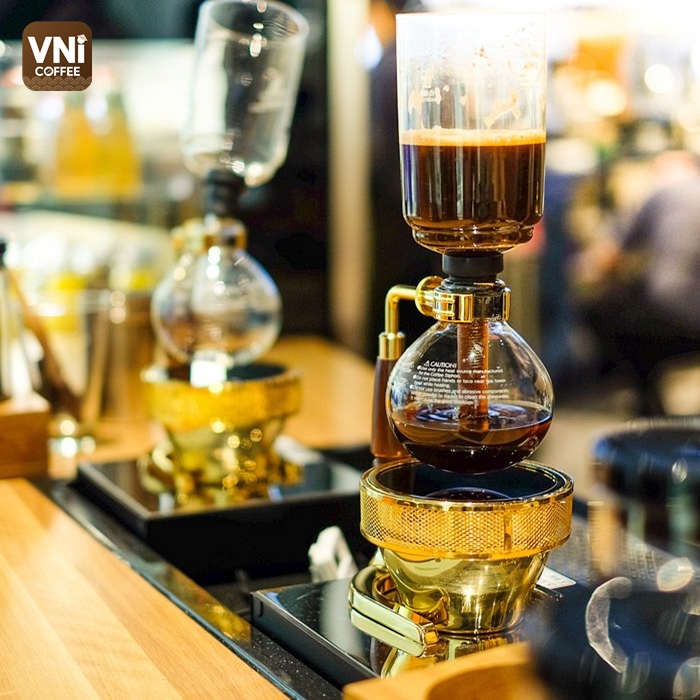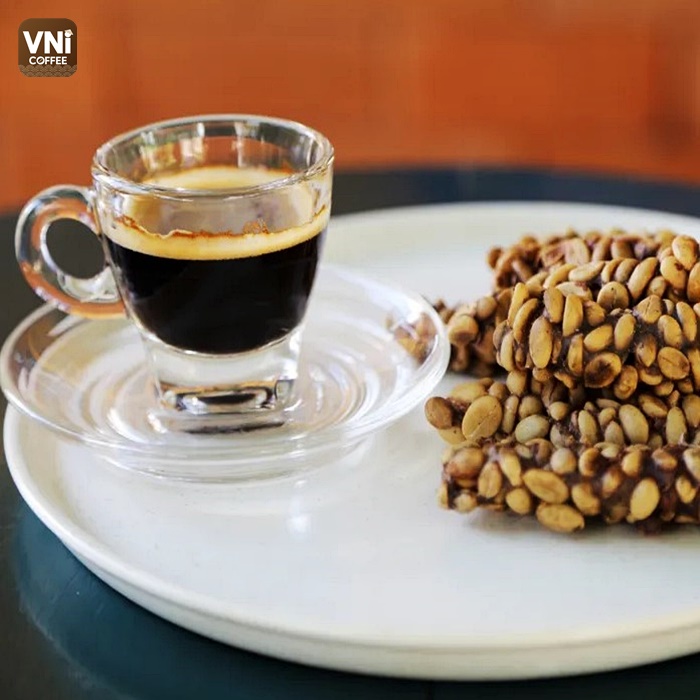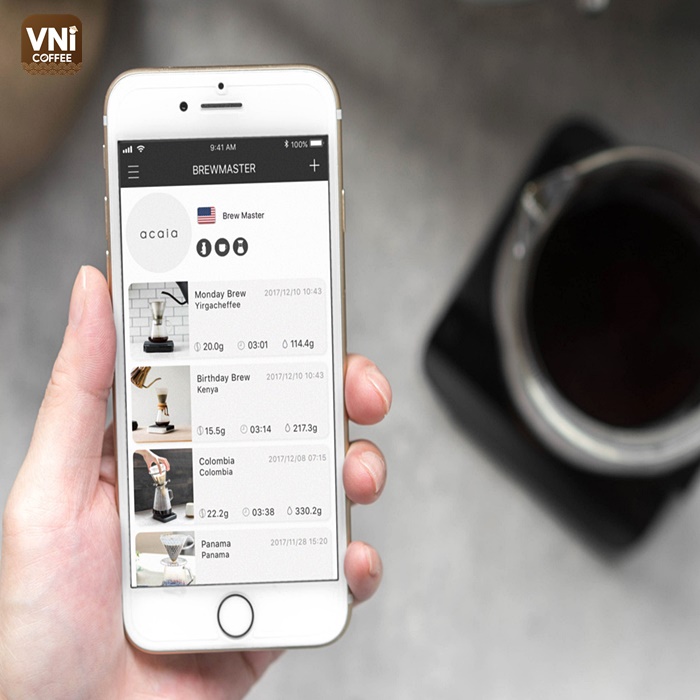
Siphon Coffee – a combination of science and exquisite Japanese art
To get the best taste of caffeine, we have various ways to brew coffee: the traditional filter, modern dripping preparation, boiling in a kettle like the Turks, cold brew, or as subtle as Siphon. When everything goes beyond the need of simply drinking a cup of joe, coffee aficionados would prefer to have more unique and artful experiences of how coffee is made from an experiment-like gadget called Siphon pot. Along with watching the coffee slowly drop to the glass jar below, enjoying the freshly-extracted delicate coffee flavor is a good way to contemplate the subtleties of the Japanese preparing their coffee.
What is Siphon coffee?
This is a method of preparing coffee by pressure, based on the principle of reverse osmosis. The water will be boiled in the lower pot, creating a pressure that pushes the steam to permeate the pre-ground roasted coffee in the upper pot. After boiling, with the suction of the funnel, the coffee will be osmotic and drop back down to the lower jar. The name Siphon coffee is actually from the Siphon pot – the main tool used in this brewing method.
The origin of Siphon coffee
In the 1800s, Europeans realized the fact that brewing coffee with water at high temperatures would reduce the flavor of the beans, so they started looking for alternative methods. In 1830, Siphon first appeared in Germany, however, this tool only became widespread after 1940 when a French housewife began to improve it and sell it on the market.
Along with the trade trips of European merchants, Siphon was subsequently introduced to other countries, including Japan. This unique concoction has been around the Land of Sunrise since the 1950s, starting in Kyoto and being considered an exceptional art. To this day, the cafe Hanafusa East in Kyoto still preserves the Siphon-making style ever since.
The sophistication in the preparation of Siphon coffee
While making Siphon coffee, both the brewer and the drinker will waken all their senses up. It’s not plainly about adding water to the coffee powder, then heating them up, but the process requires more knowledge, from choosing coffee beans, measuring the amount of water, and timing the absorption period. The fire causes the steam to gradually heat up and evaporate to the upper siphon pot – where the coffee powder is stored. The extremely ideal vacuum environment has extracted the coffee flavor intact, turning the original raw materials into delicious drinks.
Syphonistas in Japan have even created numerous recipes to create a high-quality cup of Siphon coffee. Notably, during the process, they use bamboo spoons to stir the coffee in the glass funnel skillfully and properly enough to let the coffee osmosis effectively. This is similar to the use of chopsticks in their eating culture – delicate, neat, and full of techniques.
How to make Siphon coffee
Tools and ingredients
The beans used in Siphon coffee have to be roasted moderately, even at temperatures much lower than conventional standards. This way the delicate flavors of the beans are preserved, as well to avoid the burning smell caused by over-roasting. The coffee beans are then finely ground; the fineness will especially affect the reverse osmosis process in the brewing section.
Besides, you will need a Siphon flask, a filter funnel, a filter plate, and a dedicated heating stove.
Steps to make Siphon coffee
The way to make Siphon coffee is much like how you do with a Moka pot; still, when the steam rises through the coffee, we turn off the heat and let the coffee osmosis once again. More specifically, the method will be divided into 2 processes:
The first section: We pour water into the lower pot (1) and the coffee in the second pot (2). When the water is boiled, the pressure in (1) increases; to the point that it exceeds the barometric pressure threshold, the water will rise to (2). When the steam pressure reaches equilibrium with atmospheric pressure, a vacuum state will form – coffee prepared in this state is also called Vacuum Coffee Maker.
The second section: When the heat is turned off, the steam in (1) decreases, pulling the pressure down. The coffee extracted from (2) will follow the pipe down to the lower pot.
*The detailed instructions:
– Soak the filter in boiling water for 3-5 minutes, then put it neatly into the funnel.
– Pour 300ml of boiling water into the spherical jar below.
– Put about 45gr of finely-ground coffee into the hopper.
– Carefully insert the funnel into the spherical jar, then place the stove on the bottom, or use a halogen heater.
– At the beginning of the boiling process, the water evaporates into steam that will osmosis in the coffee in the funnel.
– When the water has completely evaporated, continue to leave it on the stove for 10 seconds. Use a bamboo spoon to stir it, then turn off the stove and wait for the coffee to drip into the pot.
We can add sugar or not when enjoying Siphon coffee. Though the flavor is less thick than that of some other methods, the coffee still retains its inherent pure and strong characteristics as it is kept tightly sealed in a transparent flask. Also, the acidity and bitterness are minimized, giving drinkers the most pleasant feeling.






